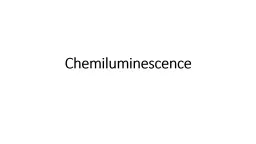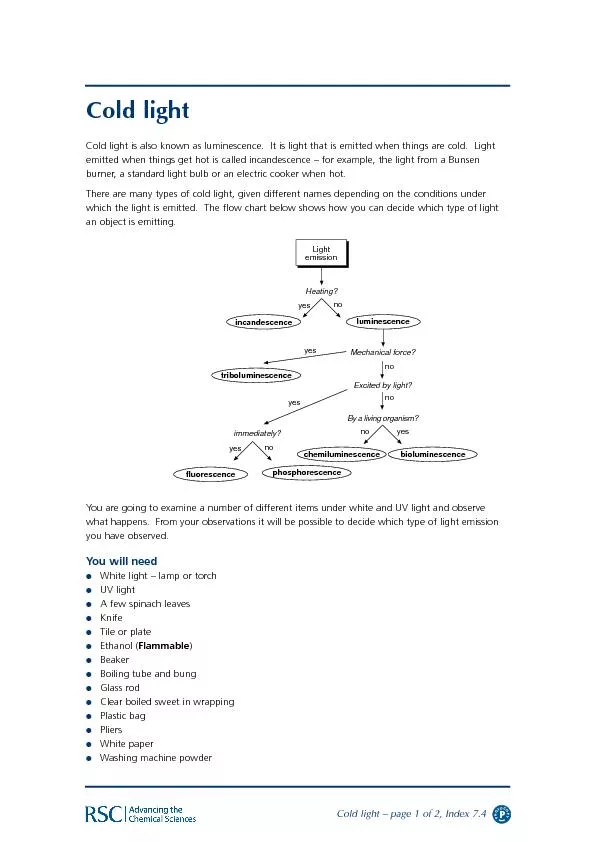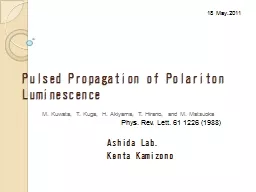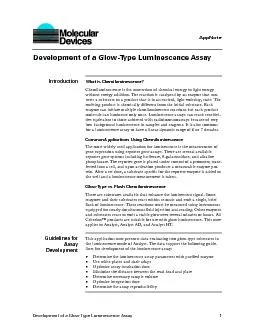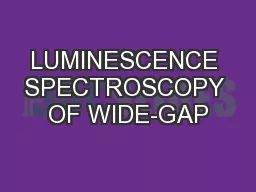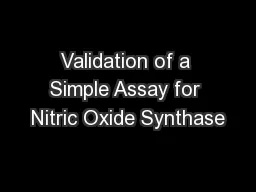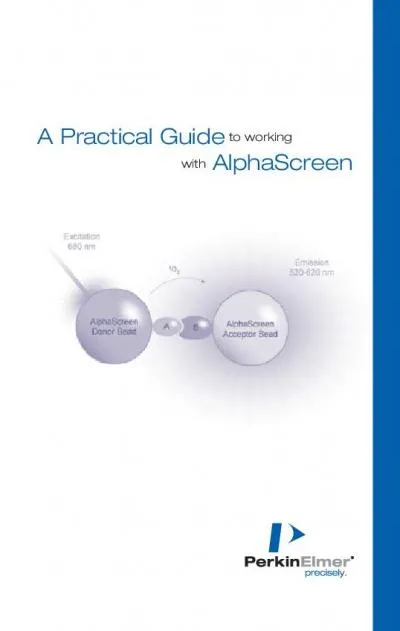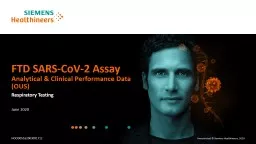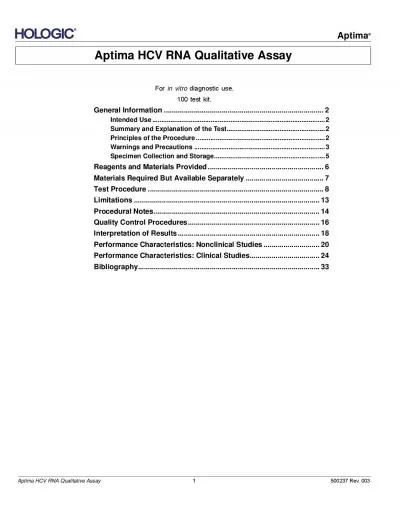PDF-Luminescence assay technology is based on the detection of light produ
Author : tatiana-dople | Published Date : 2016-06-23
Multilabel DetectionNormalization of Luminescence Assays Using Glowell Microplate Standards ATPLite Luminescence Assay Kit and EnVision Multilabel Plate Readers
Presentation Embed Code
Download Presentation
Download Presentation The PPT/PDF document "Luminescence assay technology is based o..." is the property of its rightful owner. Permission is granted to download and print the materials on this website for personal, non-commercial use only, and to display it on your personal computer provided you do not modify the materials and that you retain all copyright notices contained in the materials. By downloading content from our website, you accept the terms of this agreement.
Luminescence assay technology is based on the detection of light produ: Transcript
Download Rules Of Document
"Luminescence assay technology is based on the detection of light produ"The content belongs to its owner. You may download and print it for personal use, without modification, and keep all copyright notices. By downloading, you agree to these terms.
Related Documents



